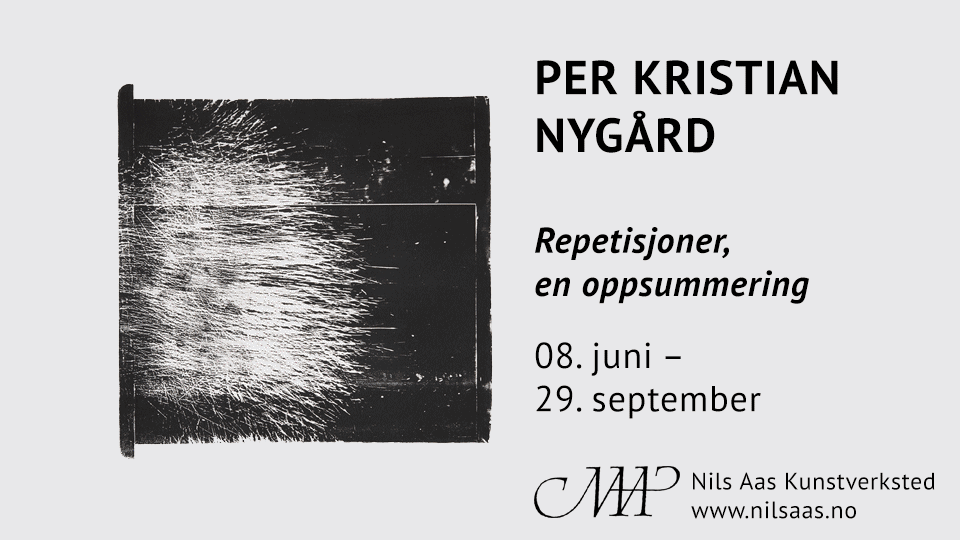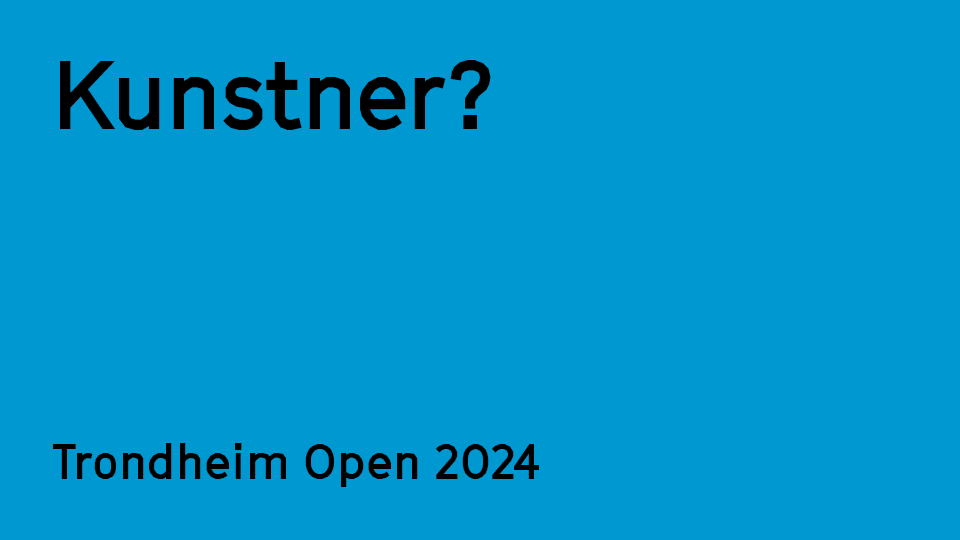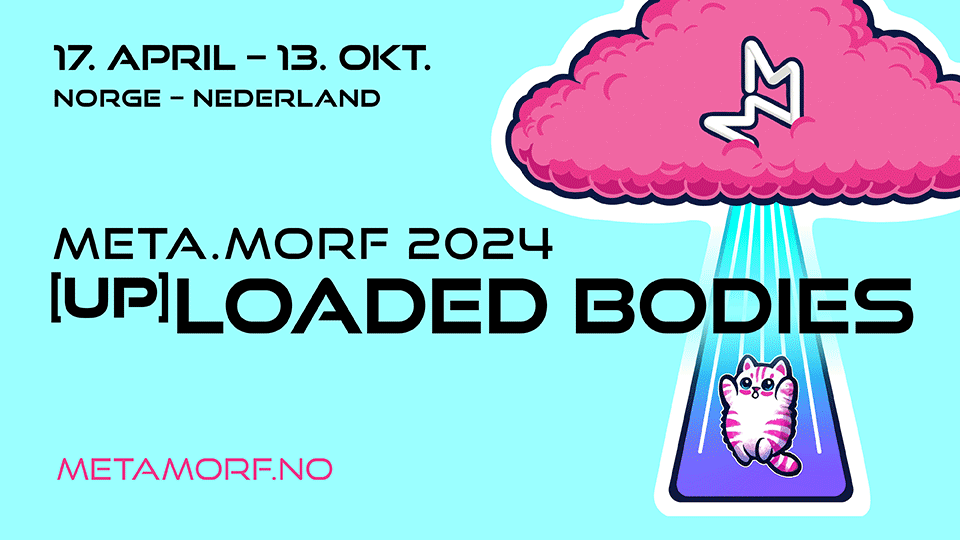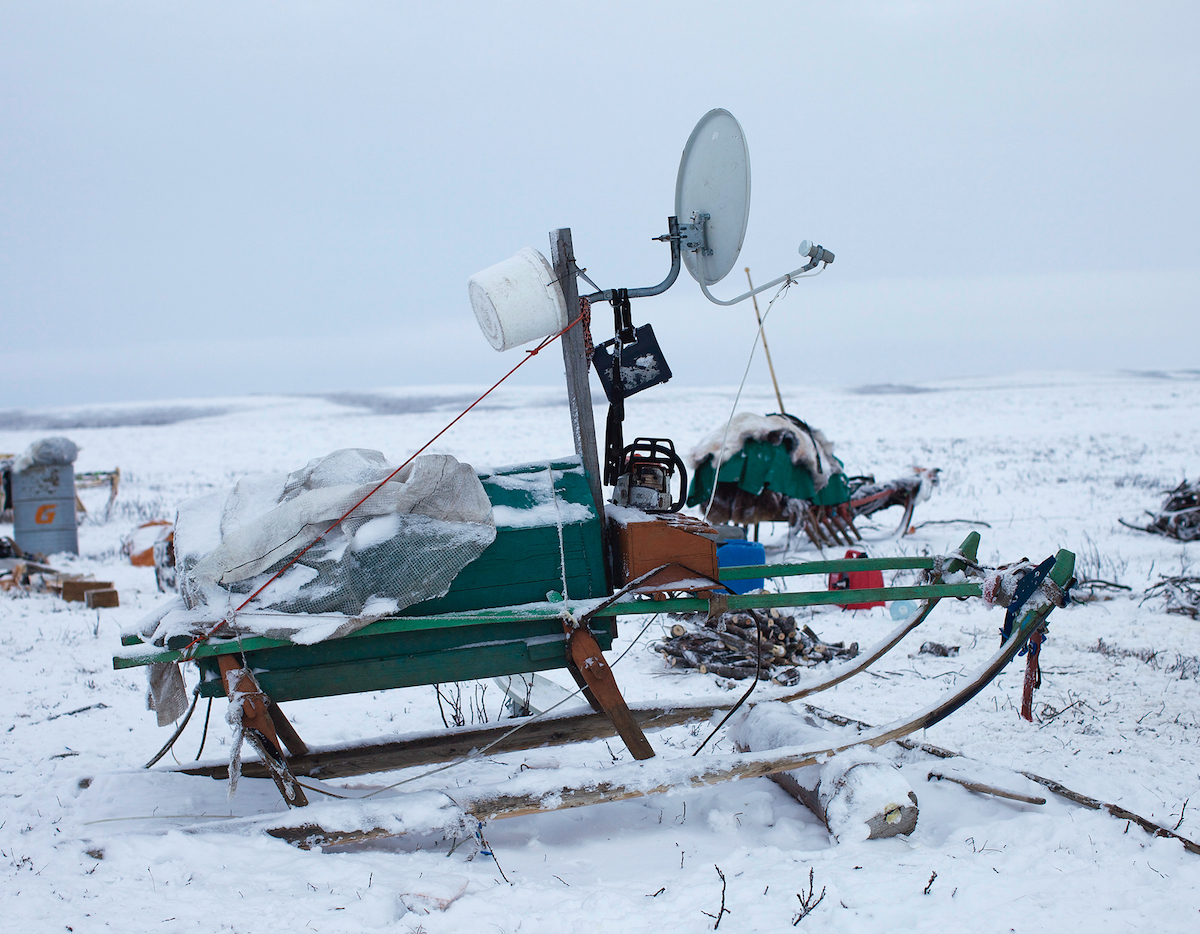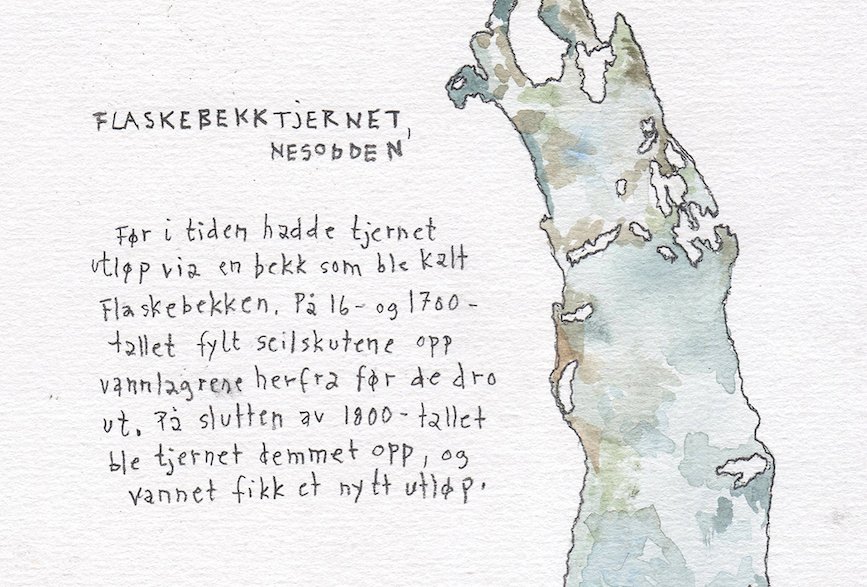The force field of art
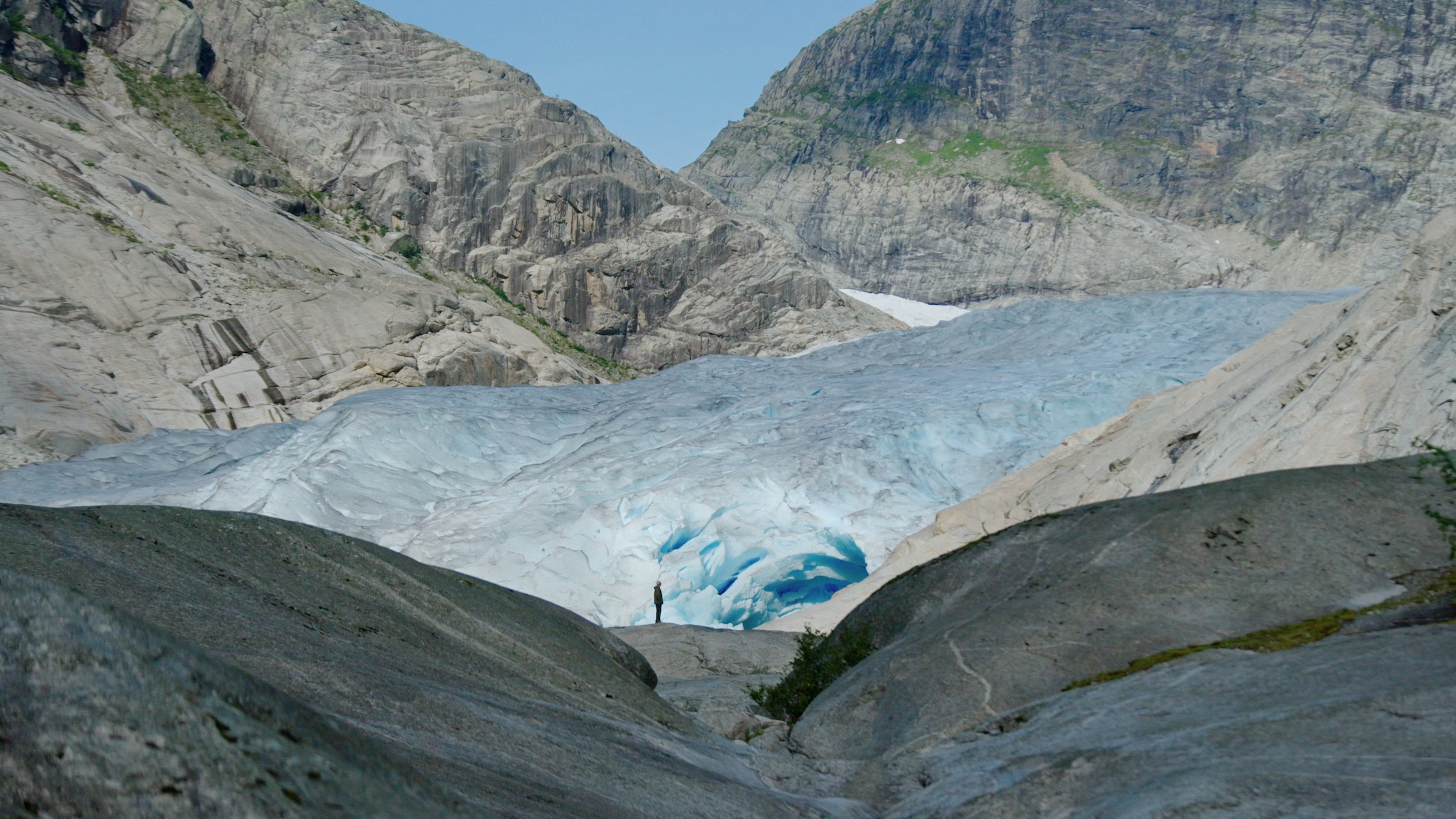
Interviews, Märit Aronsson-Towler 31.08.2023
When filmmaker Margreth Olin suffered a life crisis a few years ago, her father suggested she should accompany him on his mountain hikes for the duration of a year back home in Oldedalen in Western Norway. She did so, and found that up in the mountains she could breathe for the first time in a long time. The experience inspired her to make the film Fedrelandet (Songs of Earth), a portrait of her parents and of the majestic nature to which she and they felt so strongly attached. In the course of the work, it became clear to her why she was making the film. It was to prepare for a farewell to her parents, an experience we all have to endure, without knowing when it will come. The day before I meet Margreth Olin, Fedrelandet is previewed in Trondheim. It is released nationwide on 1 September.
The first thing I thought of on hearing about your new film was the history of walking in relation to spirituality and philosophy. In the film you talk about the art of walking slowly and taking in the surroundings. Can you tell us what hiking means to you?
I come from a family of walkers. In her younger years, mum looked after the summer pastures up in the mountains, and dad has always been a hiker. Even as a small child, he took me with him into this magnificent landscape. He led the way and I walked behind. The first time he took me to the Briksdalsbreen glacier, I heard the wind in the crevasses and to me it sounded like music. I asked dad if there was an orchestra playing inside the glacier, and he said, “Do you hear it too?” It was an answer that fired my imagination. I have always seen nature as something that’s alive.
My year of walking with my father became something very special for me. Life was demanding so much of me. For a long time I’d been on edge, and my body was stressed by all the challenges. But when I went walking in the mountains with my dad, the past and future disappeared. Walking in the high mountains, you have to exist in the here and now. You have to notice where you’re putting your feet and the ever-changing weather. You have to pay attention. My dad has been walking all his life, and he keeps up the same sedate pace regardless of whether he’s going uphill, downhill, or across level ground. He doesn’t call it meditation, but that’s precisely what it is: ambulatory meditation. He walks, sets himself a goal for each hike, is present and receptive to what’s around him.

The visual language of your film is stunning. You alternate between micro and macro perspectives, showing tranquil close-ups of tiny animals or your father’s skin, which cross-fade into the structures of glaciers. There are powerful sequences with aerial views shot with a drone that take your breath away. Can you tell us more about the process?
It’s interesting that hardly anyone has asked about that before. Discovering and exploring is what one does as an artist! Making a film like this involves some profound listening. I sharpened my ears when walking with my father, trying to grasp what kind of experience walking is for him, and how he views the landscape. I have spent a lot of time looking at my father over the past year. And then I’ve listened to nature. One day I took the film crew with me on a two-hour ski trip across a frozen lake, and when we arrived at Nigardsbreen, we found that a large chunk at the front of the ice had broken away creating an open portal. It looked like the wall had been sliced with a knife, and inside it was bright blue. The portal resembled Munch’s painting The Sun. I have tried to include such phenomena in the film. The ice can leave shapes that look like a horse, a dog, or a bird. The most beautiful thing I have seen in my life was what we saw when we crawled into a cylinder of blue ice. Inside the walls were air bubbles that had been there several thousand years. They looked like planets and galaxies.
Are you in a meditative state the whole time? And could you tell us more about how you use meditation as part of your work process?
It would have been impossible to make this film without listening inwardly. I only ever start a project when I have a deeply felt reason. Deep down, the reason I started this film was that I knew that sooner or later I would have to say goodbye and I wanted to prepare myself. It has always seemed impossible. In recent years, I have often thought about the fact that the time I have left with my parents is limited. I dare say it’s something most people think about. I wanted us to have more time together. My language is film and I want them to know that I have seen them. When I suggested to dad that we could make this film, I asked him to tell me why he walks so much. He said, “Your mother is nine years younger than me and still so agile. I need to be able to keep up with her, right to the end, so I have to keep fit.” That hadn’t occurred to me before and it touched me deeply.
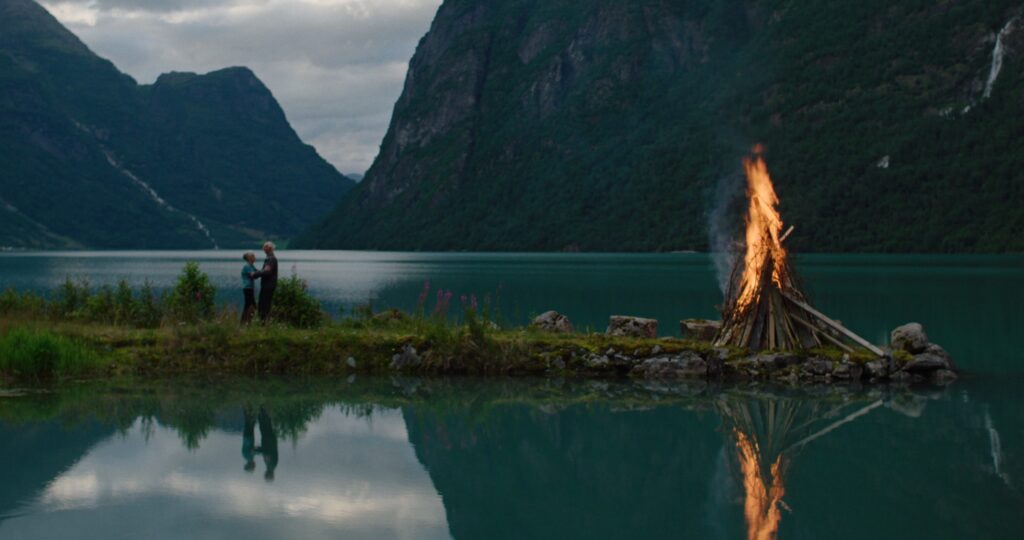
Fedrelandet has been described as your most personal film to date. You start out from the personal need to heal while at the same time offering solace to the viewer. Do you have a work of art that you yourself turn to for comfort?
In addition to receiving the gifts of nature, life is also about receiving gifts from other artists. I listen to a lot of music and often visit the Munch Museum. I also watch films, and these days TV series as well, but that’s more for relaxation. Yellowstone and Peaky Blinders, for example, have lots of horses in them, tough characters and beautiful landscapes! I’m a great fan of the films of Jane Campion, such as The Power of the Dog.
I managed to engage Wim Wenders and Liv Ullmann as producers. Wim brought with him insights into how to capture the soul of a place in film. Liv provides an inexhaustible reservoir of human experience, both as an actor and a director. I trust her a lot. Pernilla August’s performance in Private Confessions is so rich I can watch it over and over again and still be deeply moved. Liv and Wim’s productions remind me of what is possible. It’s a true honour to have them on the team.
Can you say something about how it works; what does an executive producer actually do?
The involvement of so-called executive producers is more common outside Norway. The way it works is that, when a film is nearly finished, the producer gets in touch with someone who lends their name to the film and gets involved in the actual launch. In the case of Fedrelandet, I presented the idea to Wim at an early stage. He was involved both in the early brainstorming and in providing feedback along the way. It was his idea that we should work with the London Contemporary Orchestra.
Liv came on board at a later stage. I have met her on several occasions and she’s a good friend of Michal Leszczylowski, my editor. There was a point when we had cut a long version of the film, but hadn’t quite found the right form for it, so we decided to show it to Liv. She understood our vision and was incredibly enthusiastic. She has a trained eye and immediately saw where we needed to invest more work. Meeting her at the editing stage was a source of inspiration and great strength for the remainder of the process.

When I read about you, watch your films and hear you speak, it’s often all about the big emotions. Love, life and death. So I thought I’d bring in another big theme and ask you: What is art?
I would start by quoting a poem by Henrik Holck [paraphrased from memory, editor’s note]:
I pick up a stone and let it fall to grey earth / I have changed the world / I walk across the snow and leave footprints behind / I have changed the world / Because I touch you, you move your gaze seven millimetres towards me / I have changed the world /
The way I see it, art is a point of contact between people. For me, creating something always has to do with having an audience. It’s about moving someone, perhaps changing their perception of reality, giving them hope, or courage. Today, on the street in Trondheim, I met a young girl who saw the film yesterday. She stopped me and said it had renewed her faith in love. On a concrete level, documentary films can also influence a country’s legislation. I want to have an impact across the whole spectrum, from quietly touching the private individual to challenging the age in which we live on a purely political level.
As an example of what experiencing art can mean for me, I can sit there looking at Munch’s paintings in the Munch Museum and somehow get a sense of his entire life. I get a sense of what it was like to be human in his day. Sometimes I get this feeling in the cinema as well. I often go to the cinema or to museums on my own. I can’t go with people who talk a lot; they have to leave me alone.
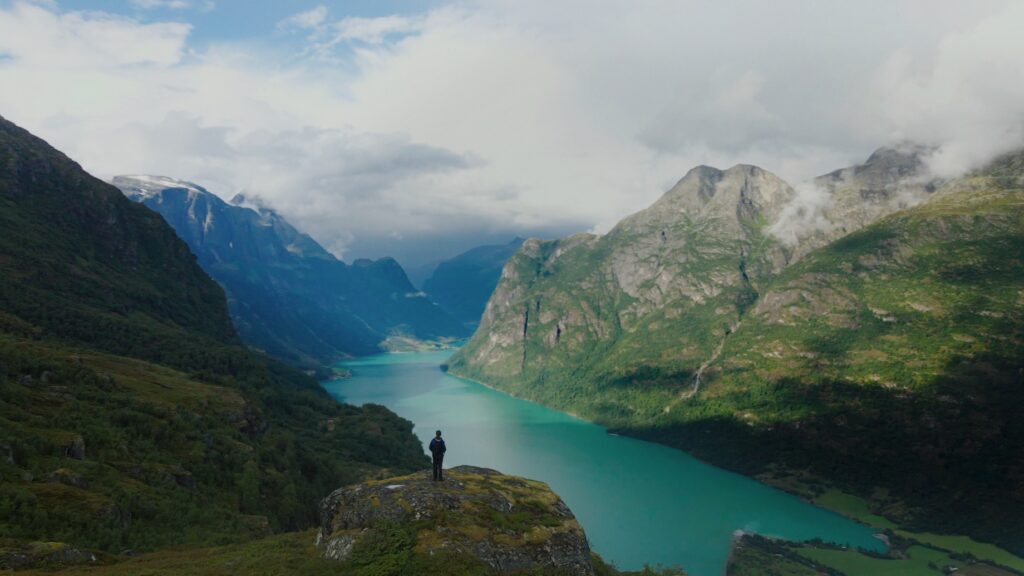
When I made Selvportrett (Self-Portrait), the film about the photo artist Lene Marie Fossen, I discovered something new as an artist. Lene Marie used an intuitive approach to taking pictures. Suffering from anorexia, she often found it hard to work for long periods, but when she did work, it was as if her sickness vanished. She managed to plug into an artistic tradition and would allow nothing to get in her way, either her body or a technical problem; she simply merged with her field. The same thing happens for me as well when we’re shooting. Someone else has to take responsibility for keeping us fed and keeping an eye on the time. In a way, I’m in another world when I work. Lene made me think that art is a force field in itself.
And what kind of a state is it when you’re within such a force field?
In some ways it’s similar to the state you enter when praying or doing meditation. It’s transcendent. It’s a kind of effortless concentration. You slip into another dimension, where things like time, cold and heat no longer matter. It’s a state I actively seek when I meditate. It’s there I come in contact with the life force.
Original text translated by Peter Cripps / The Wordwrights

